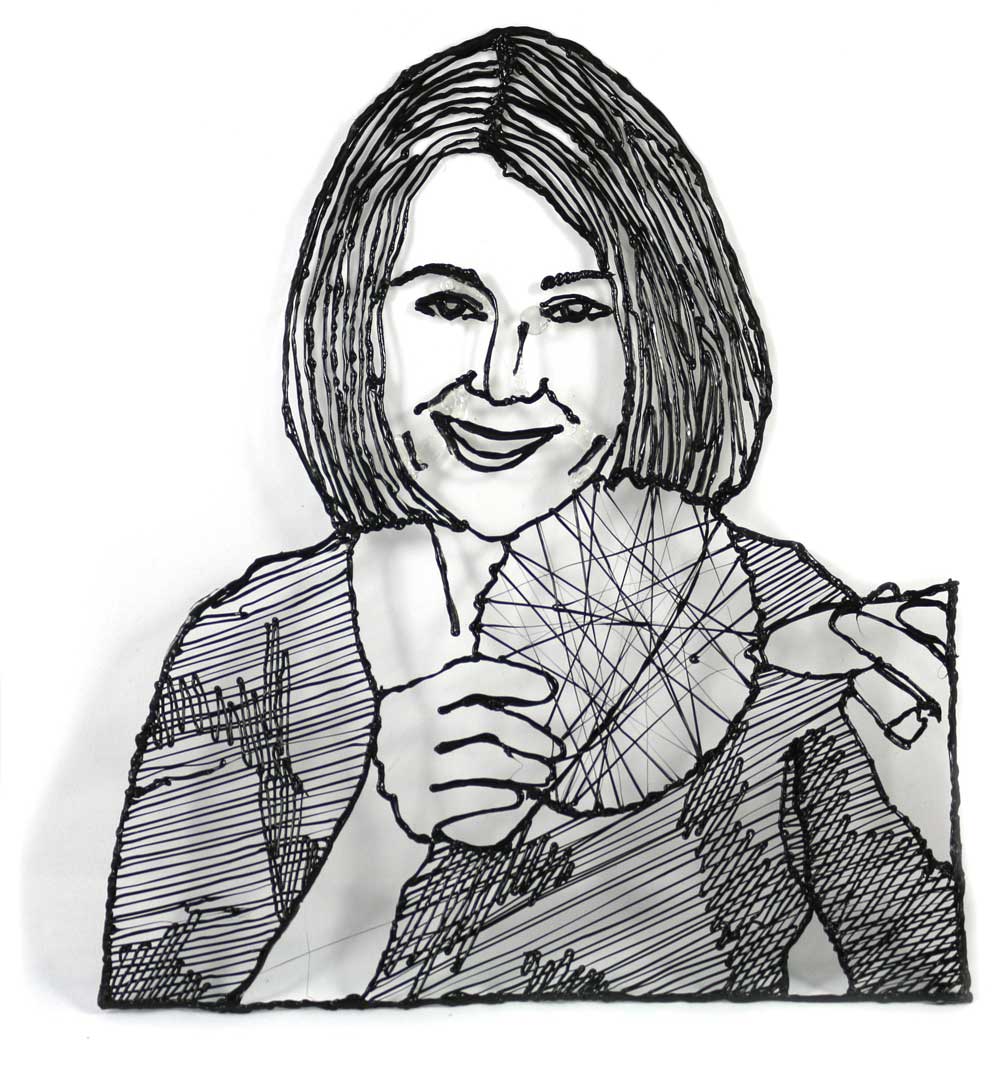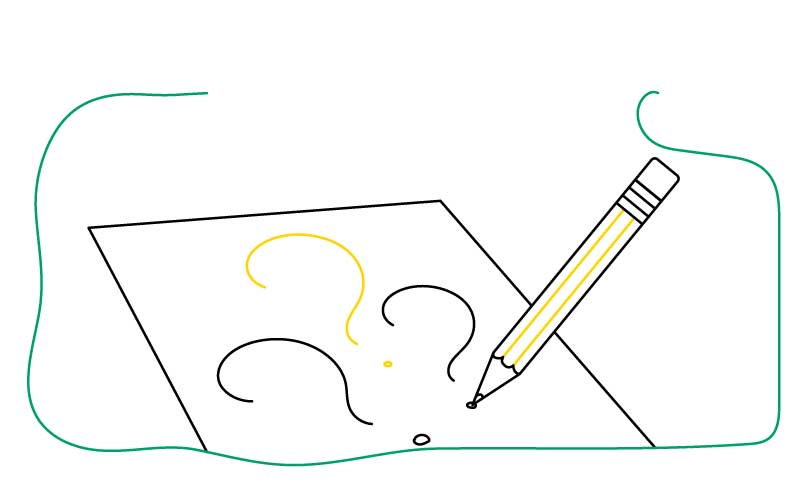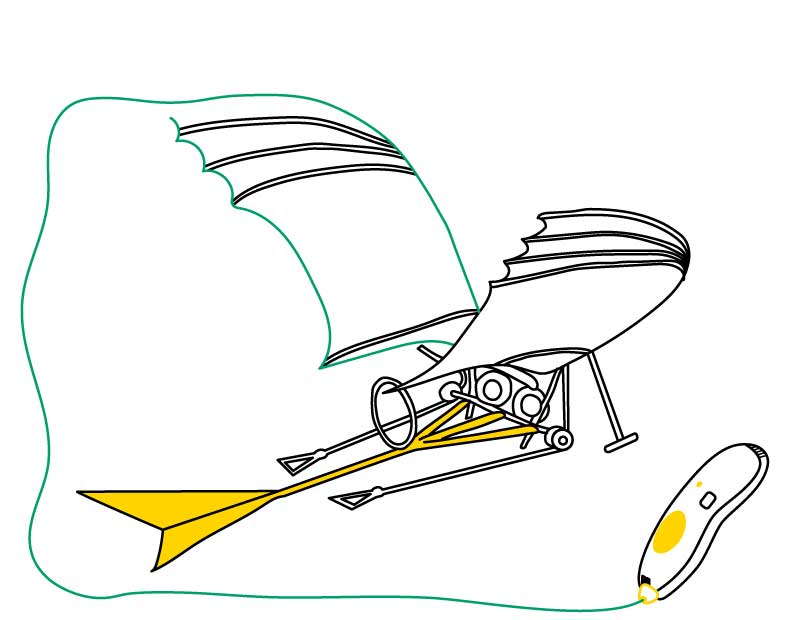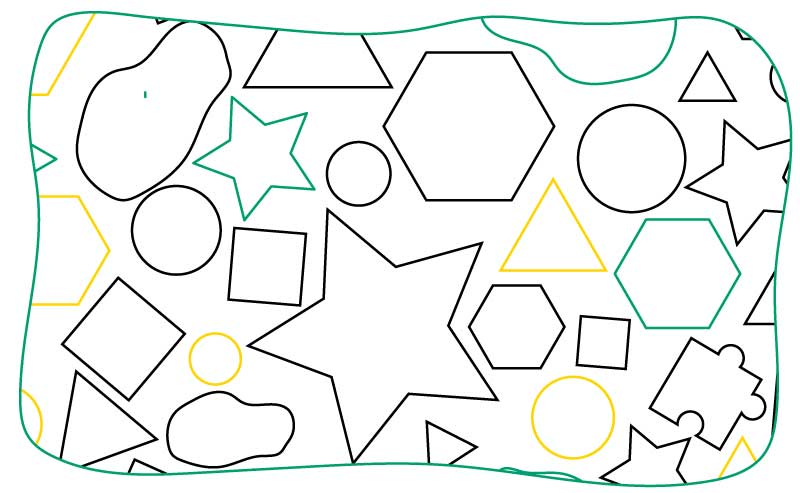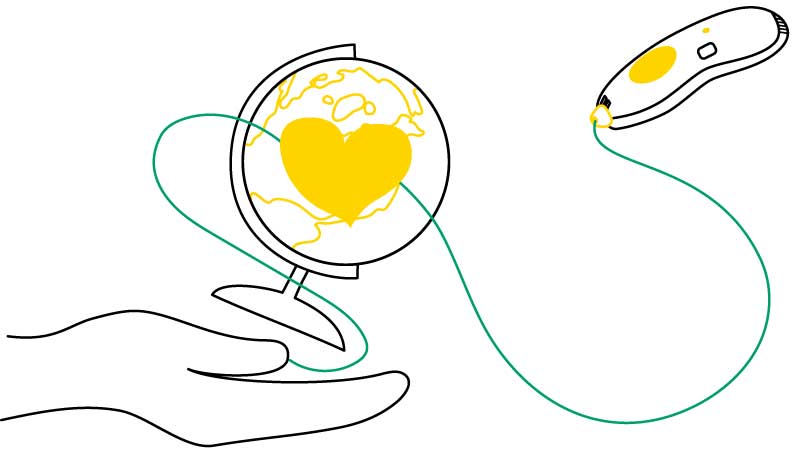Ed Camps are cropping up all over the country. It’s an opportunity for teachers to informally share ideas and technologies that improve instruction and learning for all students. Einstein once said that, “Creativity is intelligence having fun,” and so it is with the 3Doodler START.

I had to push my way through a crowd of teachers at one Ed Camp to find a 3Doodler at its core. It’s an imaginative tool with a funny name. The bright blue barrel and colorful plastic strands immediately attract stares and questions. The teacher holding the 3Doodler was demonstrating how to make a stencil of a house. After spending months training with the latest educational technology, I was a bit trepidatious. “What’s the learning curve like?” I challenged her. The teacher smiled back and asked, “Do you know how to hold a pencil?” She passed the 3Doodler over to me and I have not put it down ever since. Being a tactile learner, the 3Doodler appealed to me from my very first doodle.
The intimidation factor of trying any new technology can become an obstacle. Such was not the case with the 3Doodler START. There are many different ways to jump in and swim. I’ve always been the “let’s-just-do-it-and-see-what-happens,” type of learner.
"Fortunately, the 3Doodler is extremely forgiving of learners like me. All I needed to know was how to turn it on, turn it off and charge it. This is all as simple as a click. The rest I learned through experience, mistakes and practice. " Share
But, if you are more of the “I-need-to-read-the-instructions-first” type of learner, 3Doodler has got you covered, too. There are so many user-friendly links with bright, colorful graphics on the 3Doodler site. The “Getting Started” page will hold your hand, taking you step-by-step through the process. Still got questions? No problem.
The 3Doodler is a great way to facilitate classroom instruction. When designing new lessons, I always begin with a specific objective, asking myself, “What is it that I want my students to learn?” When used effectively, identifying your instructional goal(s) first will facilitate how the technology should follow. Ever hear the expression, “the tail wagging the dog”? The best technologies are adaptive to the largest pool of objectives.


Whether you are teaching vocabulary, sight words or spelling, the 3Doodler has got you covered. The experience of writing and touching words reinforces learning. Greater depth is added to STEM projects when students can culminate the activity with a 3Doodler model that reflects the depth of their imagination. In mathematics, concepts like fractions, lines, geometry, angles, patterns, symmetry and more peel right off the page, allowing your students to critically analyze and synthesize new learning. Language Arts is enlivened with 3Doodler bendable stop-motion characters to summarize text and 3Doodler models of figurative language. A 3Doodler is a powerful tool for collaboration and personal expression.
The 3Doodler draws out the limitless imagination of teachers and students alike. But more than that, the 3Doodler is a tool that promotes the development of each student’s unique identity. It promotes open-ended responses which reflect the remarkable diversity of learners in our classroom. Doodles are like fingerprints, they leave their mark on learning and they allow students to express their individuality in all its glorious shapes, swirls, spirals and colors.
So, what are you waiting for? Do you know how to hold a pencil? ![]()

